When asked about the possible difficulties of a pressure reducing valve, it is convenient to start by providing a brief explanation about its operation before getting to the point. It is worth clarifying that this is a very frequent question among people who already have parts of this type in their equipment or among those who are considering acquiring one.
Also called “pressure regulators”, these are hydraulic control valves, whose set point is to reduce a high pressure upstream of the valve to a lower constant value downstream of the valve, regardless of upstream pressure variations and variations in flow or demand on the line.
The 5 most repeated problems with the pressure reducing valve
The use of steam in any manufacturing process is very efficient and economical, but if the parts that process the steam are not working at their optimal capacity, this could produce an extra cost that would ruin, with what was once thought as an efficient use of resources. If you are using such a part, here are the main problems that can arise with the pressure reducing valve.
Controlled pressure is triggered under normal load conditions
This could mean that something is preventing the valve from closing tightly during normal operating conditions. There are two main causes for your pressure reducing valve to fail due to controlled excess pressure under normal load conditions:
To solve this problem, you must inspect and clean the space between the head and the seat. We also recommend that you ensure that the pressure detection line is not obstructed by removing, inspecting and cleaning the holes and pipes.
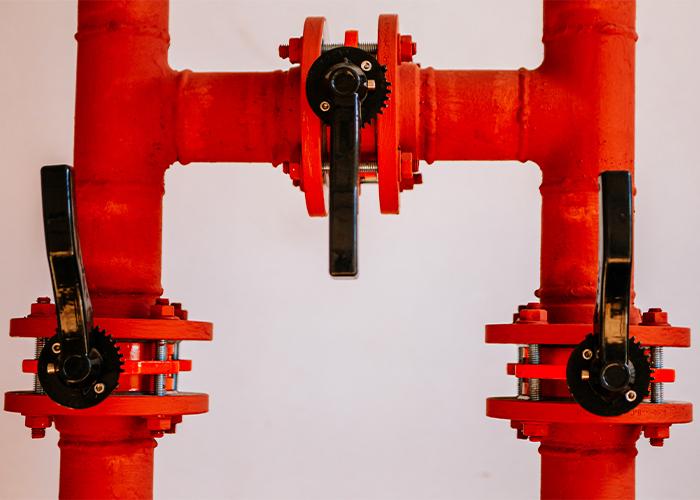

Controlled pressure is exceeded only with light loads
There are four main reasons why your pressure reducing valve can fail due to overtrip under light load conditions:
Pressure reducing valve fails to open
There are six main reasons why the valve may not open. Here we share each of the reasons, along with their solution:
Outlet pressure is low
There are five main reasons why your supply pressure is low, causing your pressure reducing valve to fail:
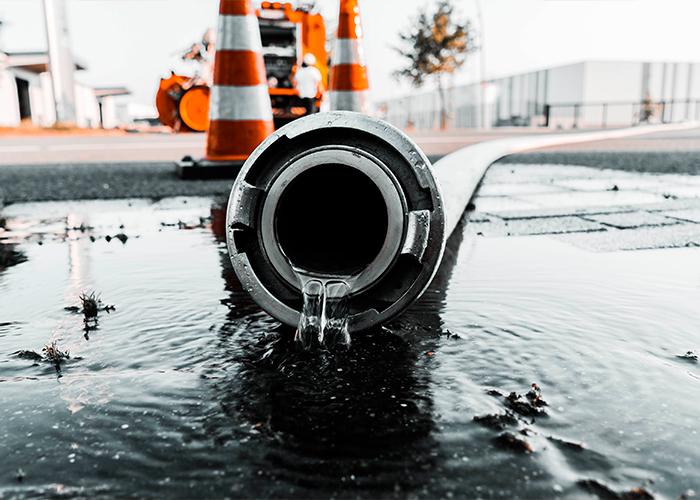
In Valfonta, we are your factory of pressure reducing valves of confidence
In Valfonta, we are a family business with more than 50 years of experience in the manufacture of valves. All our products have the seal of guarantee of a brand with extensive experience in the sector. Therefore, if you have any questions about our valves, or if you need custom valves, contact us, and we will get to work immediately for you.
You can accomplish this by calling 93 3720888, sending an email to valfonta@valfonta.com, or filling out the form on our website. We are waiting for you!


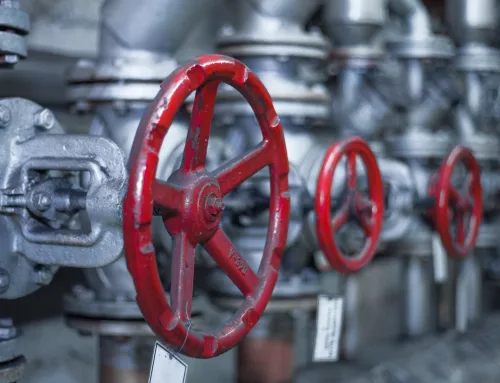
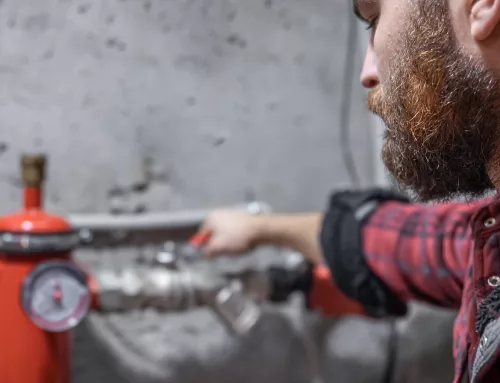


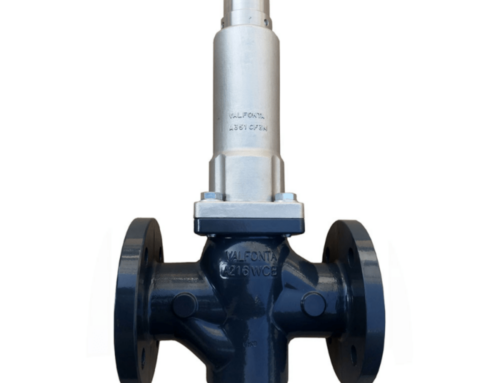




Leave A Comment